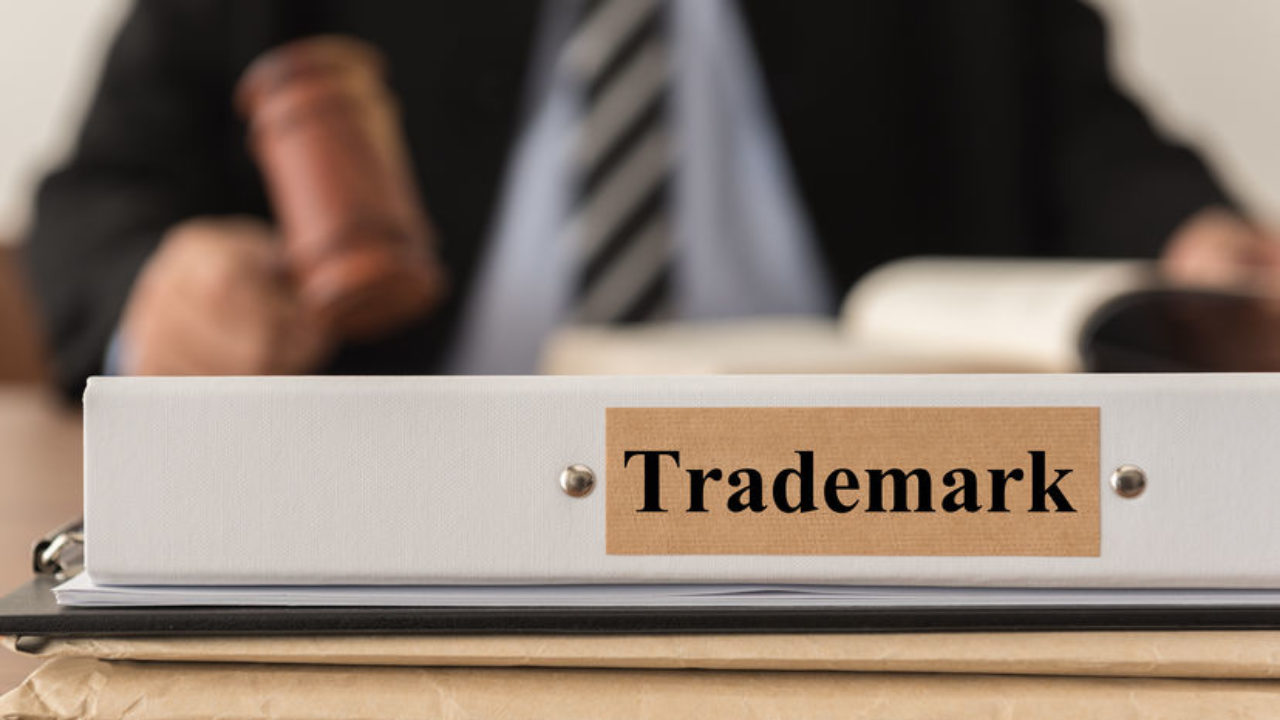Trademark owner's protection
The registered trademark owner may use its mark on the same or similar products,
in different segments of the market, and at different price levels depending on
variations of the products for specific segments of the market. The Supreme Court has been cognizant that the registered trademark owner enjoys protection in product and
market areas that are the normal potential expansion of his business. Thus, we
have held -- Thus, the public may mistakenly think that a trademark owner is connected to or
associated with a certain product or company, such that, considering the current proliferation of
health and beauty products in the market, for example, the purchasers would likely be
misled that Myra has already expanded its business through Dermaline from
merely carrying pharmaceutical topical applications for the skin to health
and beauty services.[2]
Thus, the public may mistakenly think that a trademark owner is connected to or
associated with a certain product or company, such that, considering the current proliferation of
health and beauty products in the market, for example, the purchasers would likely be
misled that Myra has already expanded its business through Dermaline from
merely carrying pharmaceutical topical applications for the skin to health
and beauty services.[2]
Verily, when one applies for the registration of a trademark or label which is almost the same or that very closely resembles one already used and registered by another, the application should be rejected and dismissed outright, even without any opposition on the part of the owner and user of a previously registered label or trademark. This is intended not only to avoid confusion on the part of the public, but also to protect an already used and registered trademark and an established goodwill.[3]
Modern law recognizes that the protection to which the owner of a trademark is entitled is not limited to guarding his goods or business from actual market competition with identical or similar products of the parties, but extends to all cases in which the use by a junior appropriator of a trade-mark or trade-name is likely to lead to a confusion of source, as where prospective purchasers would be misled into thinking that the complaining party has extended his business into the field (see 148 ALR 56 et seq; 53 Am Jur. 576) or is in any way connected with the activities of the infringer; or when it forestalls the normal potential expansion of his business (v. 148 ALR 77, 84; 52 Am. Jur. 576, 577).[1] (Emphasis supplied)
 Thus, the public may mistakenly think that a trademark owner is connected to or
associated with a certain product or company, such that, considering the current proliferation of
health and beauty products in the market, for example, the purchasers would likely be
misled that Myra has already expanded its business through Dermaline from
merely carrying pharmaceutical topical applications for the skin to health
and beauty services.[2]
Thus, the public may mistakenly think that a trademark owner is connected to or
associated with a certain product or company, such that, considering the current proliferation of
health and beauty products in the market, for example, the purchasers would likely be
misled that Myra has already expanded its business through Dermaline from
merely carrying pharmaceutical topical applications for the skin to health
and beauty services.[2]Verily, when one applies for the registration of a trademark or label which is almost the same or that very closely resembles one already used and registered by another, the application should be rejected and dismissed outright, even without any opposition on the part of the owner and user of a previously registered label or trademark. This is intended not only to avoid confusion on the part of the public, but also to protect an already used and registered trademark and an established goodwill.[3]
[1] McDonald's Corporation v. L.C. Big Mak Burger, Inc., 480 Phil. 402, 432 (2004), citing Sta. Ana v. Maliwat, et al., 133 Phil. 1006, 1013 (1968).
[2] Dermaline v. Myra Pharmaceuticals, G.R. No. 190065, August 16, 2010.
[3] McDonald's Corporation v. L.C. Big Mak Burger, Inc., supra at 406, citing Faberge Incorporated v. Intermediate Appellate Court, G.R. No. 71189, November 4, 1992, 215 SCRA 316, 320 and Chuanchow Soy & Canning Co. v. Dir. of Patents and Villapania, 108 Phil. 833, 836.



